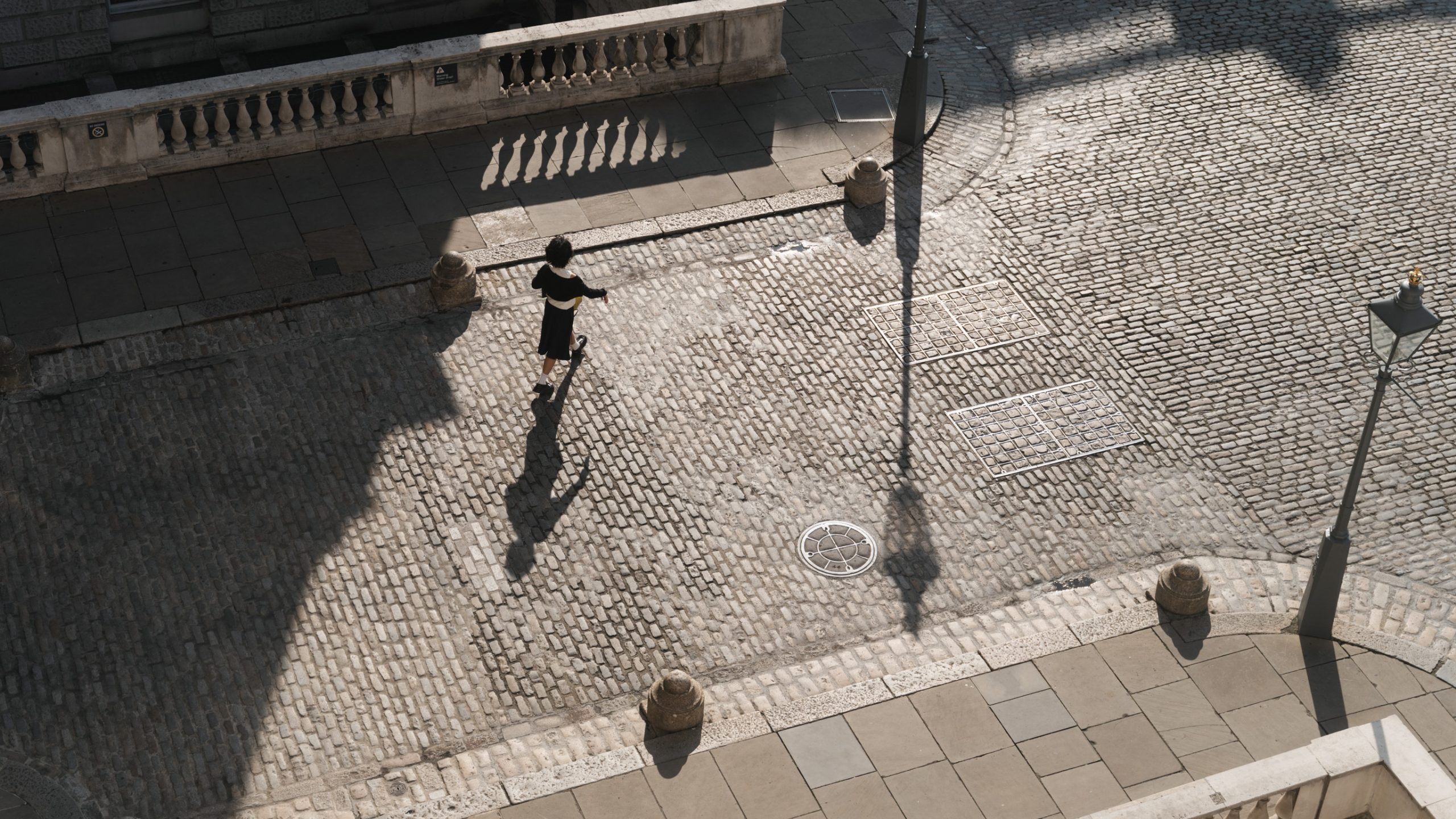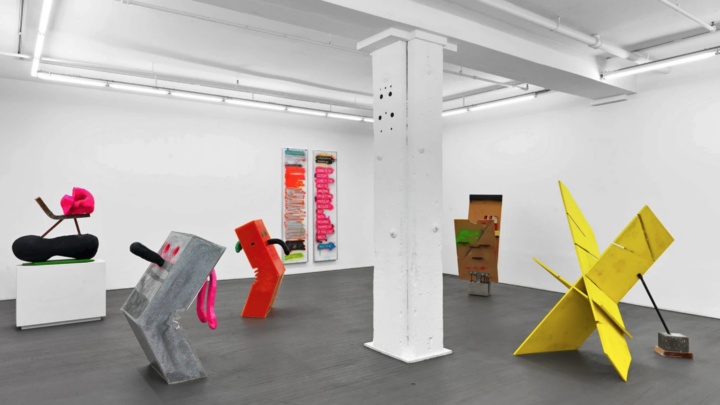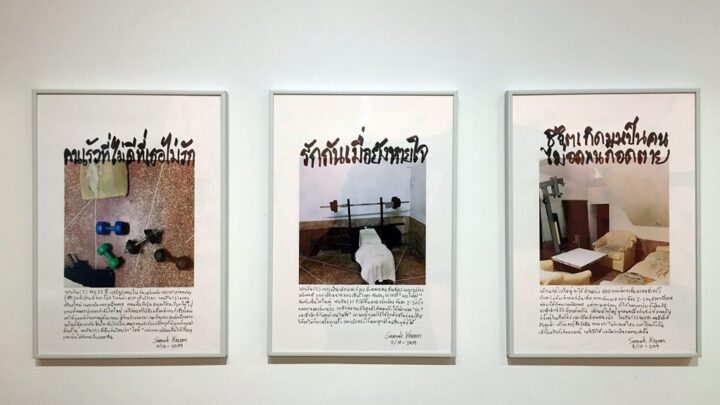
Gender and Sexuality Group [Archived]
The Courtauld’s Gender and Sexuality Research Group brought together scholars to investigate the ways in which feminist and queer politics have shaped or been shaped by visual culture. The group organised seminars, lectures, and conferences; as well as hosting talks by artists including Turner Prize Winners Lubaina Himid, Tai Shani, Helen Cammock, and members of Array Collective. The group aimed to promote feminist and queer approaches to art history at the Courtauld and beyond, offering a space to share new research and exchange ideas.
Convenors: Dr Rachel Warriner and Dr Edwin Coomasaru
Header image: Candida Powell-Williams, Lessness, still quorum, 2018, performance, Serpentine Galleries, photo by Rob Harris, courtesy of the artist.










